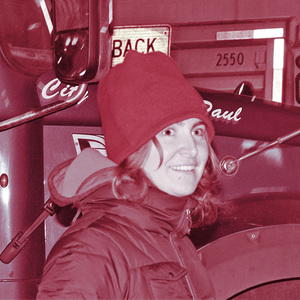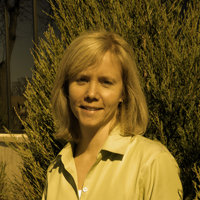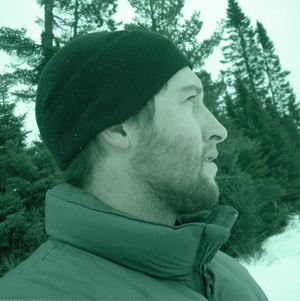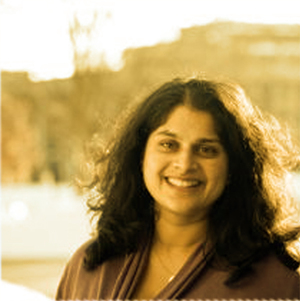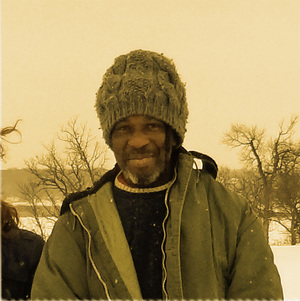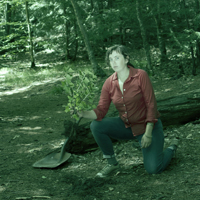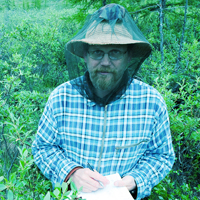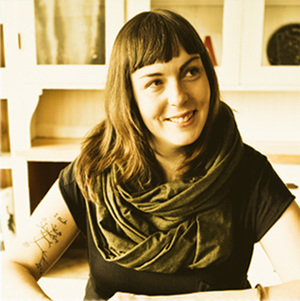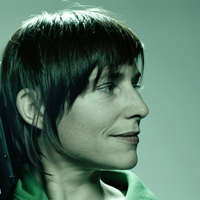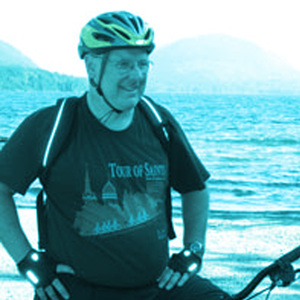CITY ART COLLABORATORY ARTIST FELLOWS
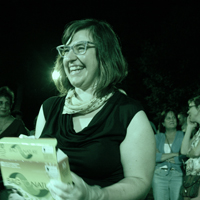
Molly Balcom Raleigh
Molly Balcom Raleigh lives and works in St Paul, MN. In her artistic practice, she make situations in which audiences co-author a performance, or co-create a place, through participation. To do this she makes social and physical environments that invite singing, eating together, cooking together, walking in the woods, and other group activities that draw on shared behavioral texts. She has presented her work at many public sites and galleries, including Northern Spark, The Soap Factory, and Altered Esthetics. Molly is also an avid wild-food forager, and that’s what she hopes to focus on through City Art Collaboratory. Collecting, preparing and eating wild foods are a very powerful way of understanding place. Some questions she brings to this collaboration include: How can a shared moment transform our knowledge of place? How can we safely practice this way of knowing St Paul, which honors our unique natural bounty of plants, seeds, nuts, mushrooms and berries, while considering the risks and assessing the impact of our environmental choices? And what knowledge can community foraging share with scientific research about environmental pollution/disruption/harmony?

Aaron Dysart
Aaron Dysart’s work uses humor to push viewers into thinking more critically about one’s surroundings as well as one’s physical and mental relationships to it. His recent environmental interventions push ideas of propriety, gift giving, and reciprocity, while showcasing his love of material’s ability to carry content. Aaron received Pubic Art St. Paul’s Fellowship for Sustainable Art-Making and took part in their Hunting and Gathering Walks program. He has received awards from Franconia Sculpture Park and Forecast Public art and lives and works in Northeast Minneapolis.
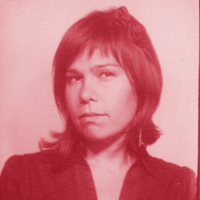
Amanda Lovelee
Amanda Lovelee is a visual artist based in Minneapolis, MN. She is interested in how people connect and the spaces in which they do so within contemporary society. Her work, mainly video and photography, weaves together data, stories and personal experience to create non-linear narratives about the fragility of human relationships which are presented as public projects. Her recent work has explored a myriad of topics: family history, the lives of beekeepers and ice fishermen, strangers’ love stories and the sociology of square dancing. A year-long collaboration with a scientist dealing with ideas surrounding the Mississippi River seems like a logical progression and she knows this fellowship will expand her ideas and practice.

Aaron Marx
Aaron Marx is an artist, architectural designer, and educator working at the intersection of computer and video technology, architecture, and public space. Trained as an architect, with a background in mathematics and literature, Aaron teaches design in the School of Architecture at the University of Minnesota, creates designs for residential and commercial architecture, makes art in the public realm, and strives to investigate social issues through artistic practice. Aaron is an active member of Minneapolis Art on Wheels (MAW), Makesh!t collective, and the City Art Collaboratory, and is currently an Artist on the Verge fellow. Through the Collaboratory, he hopes to further explore the connections between scientific and artistic thinking by developing collaborations with other artists and scientists who are interested in technology, environment, and public space.

Peter Morales
Peter Morales was born in Guatemala. The son of archeologists, he grew up amidst the ruins of the once Classic Maya city of Tikal in the forests of Northern Guatemala. His understanding of art and architecture is rooted in this experience. He came to the United States to complete his secondary and college education. Trained in the sciences, languages and visual arts he began applying his multiple interests to sculpture.Morales’s work graces various public locations throughout Minneapolis, Saint Paul, the greater metropolitan region and private collections throughout the Americas. He has exhibited widely. He currently lives and works in Saint Paul, Minnesota.
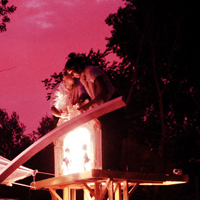
Janaki Ranpura
Janaki Ranpura unites technology with the traditional tricks of puppet theater. She creates theatrical platforms that can step over gridlocked traffic, leap across the street in a single bound, lean over, and kiss you. You can see this in the Peloton, a journey on stationary bicycles that audience members pedal madly to ignite a cinematic projection of a south Minneapolis neighborhood. This work reflects Janaki’s experience as a performer, a community artist, a writer, and a designer for parades and stage. Janaki’s commitments are: to other Diaspora Babies, people who struggle with a sense of home; to a wayward understanding of science. Janaki comes from a family of doctors with heart problems and is herself an operatic cardio-dramatist; to allusive pedagogy over agit-prop or the didactic necessarily, given the above, to the interdisciplinary; to dissolve rigid boundaries and hierarchies; to flagrant cross-pollination in polite society.
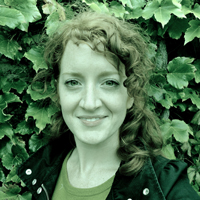
Emily Stover
Emily Stover is a designer and public artist working in alternative landscapes and temporary architecture. She is interested in revealing the hidden social and physical phenomena that exist in the everyday environment, and has recently been exploring food as a medium. In addition to a Masters in Landscape Architecture at the University of Minnesota, she has recently completed installations at the Bakken Museum, the Art Shanty Project, and the Walker Art Center’s Open Field.
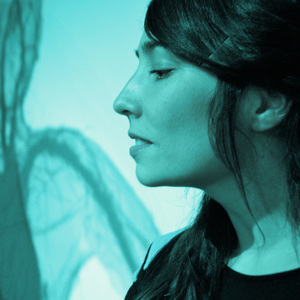
Asia Ward
Asia Ward Asia Ward is a Minnesota-based sculpture artist whose work ranges from animatronic creatures to large-scale metal sculptures and aluminum dioramas. Asia’s work fits in an educational environment, and has been exhibited in science museums such as the Exploratorium in San Francisco and the Science Museum of Minnesota in St. Paul, as well as cultural centers like the Museum of Contemporary Art in Fort Collins, and the Minnesota Museum of American Art in St. Paul. Asia loves to show others how to work with basic circuitry, computer game programming, stop motion animation, and hacked sensors and toys, and has given workshops for all ages at the Walker Art Center in Minneapolis, Murray State University in Kentucky, and the Science Museum of Minnesota.
